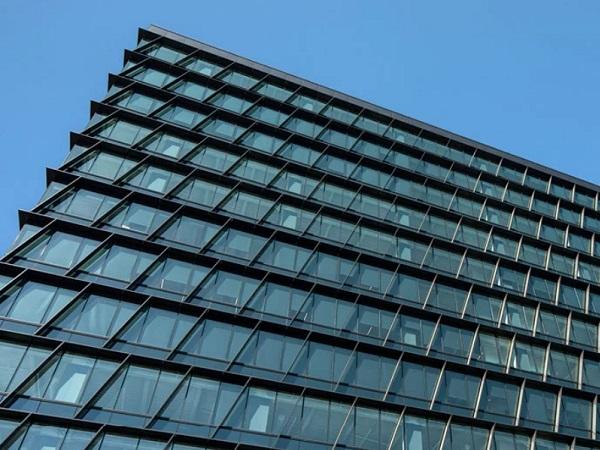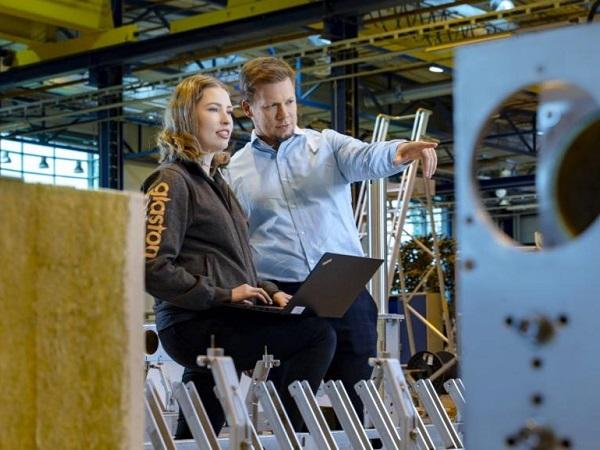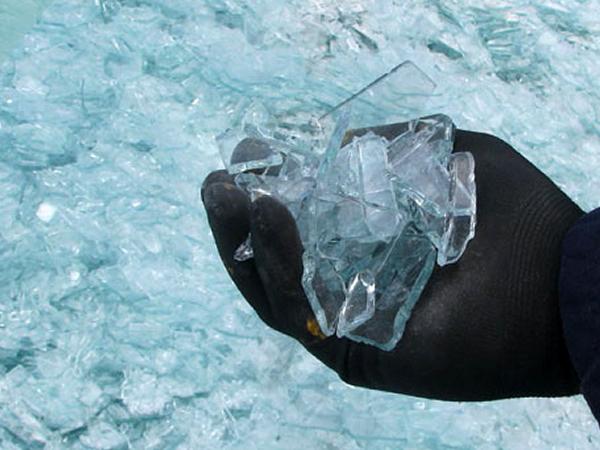Others also read
| The significance of balancing operational and embodied carbon continues to grow.
| Global environmental concern is motivating efforts to improve energy efficiency in all industrial sectors. And glass tempering is no exception.
| Glass production is an energy-intensive process by its nature, so even small reductions there can result in considerable savings in energy and costs.
| Limiting global warming require “rapid and far-reaching” transitions in land, energy, industry, buildings, transport, and cities.
| One-Step Multi-Air Pollutant Control Solution.
| Sustainability and the circular economy are increasingly influencing work and production processes in glass manufacturing, too.
| Noise as one of the major pollutants in our environment and society
| According to the American Bird Conservancy (ABC), glass collisions claim the lives of up to a billion birds annually in the U.S.
| As a modern society, we’re spending about 90% of our time indoors – at home, in offices or commuting. How is it possible to get access to daylight, when we can’t naturally be outside? By making buildings more transparent.
| It is estimated that 100 million to 1 billion birds a year perish due to collisions with glass.(1-2) In North America, some communities have enacted legislation aimed at protecting birds by calling for the design and installation of birdsafe glazing.
| Re-thinking the life-cycle of architectural glass brings together recent research into the economic, technical, environmental and logistical viability of closed-loop construction glass recycling.
| In recent years the growing energy costs and the imposition of increasingly stringent limits to the gaseous emissions into the atmosphere have put a strong pressure on the glassmaking industry to research new solutions to improve the efficiency and ecological sustainability.












